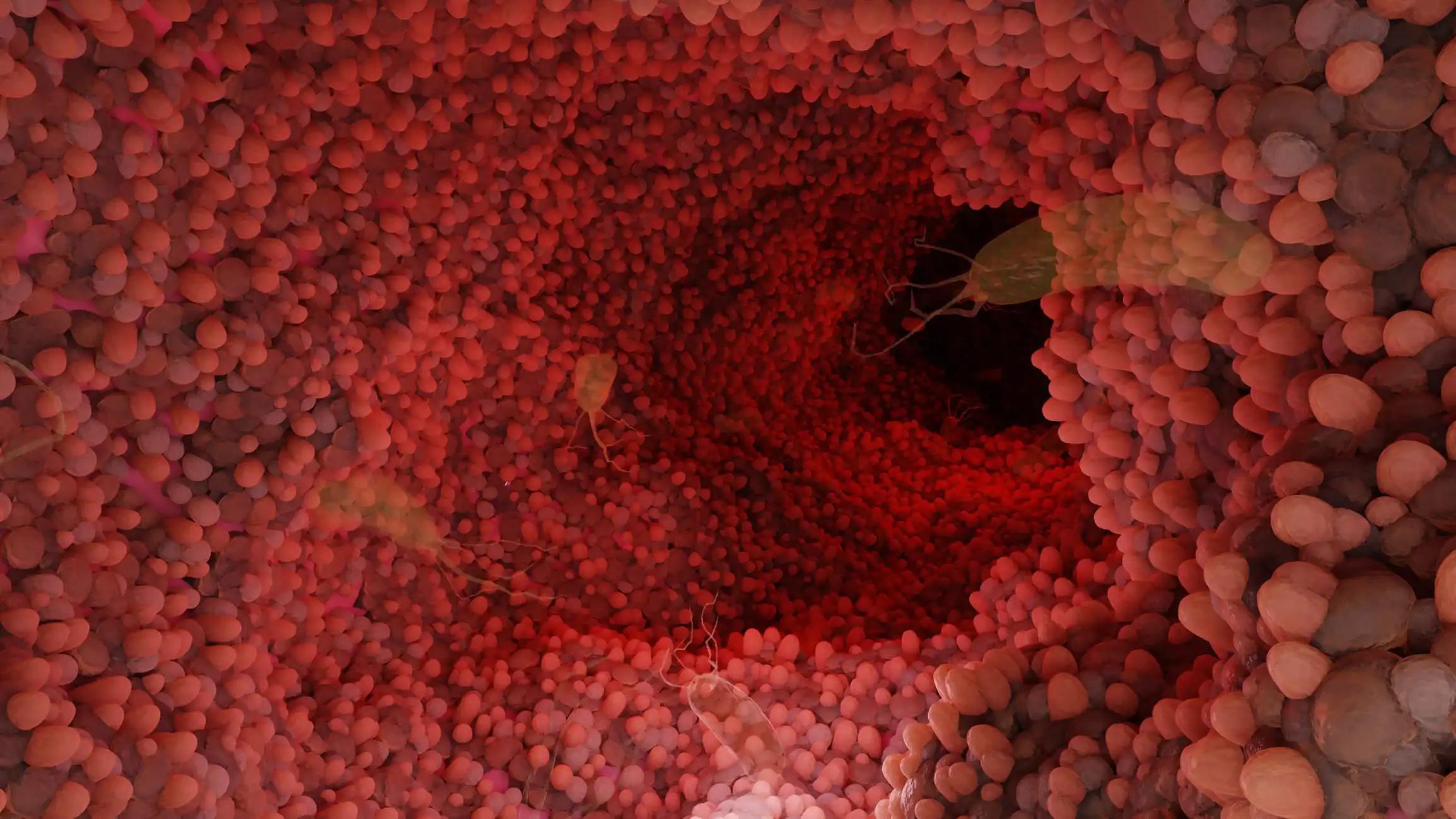KEY TAKEAWAYS
- The phase III CheckMate-649 study reported additional exploratory analyses with 36-month FUP data for GC/GEJC/EAC pts with CPS ≥ 5.
- The study demonstrated that patients maintained a higher HRQOL with N+C compared to C alone.
In the phase 3 CheckMate 649 trial, patients (pts) with GC/GEJC/EAC were randomized to receive either nivolumab plus chemotherapy (N+C) or chemotherapy (C) as their first-line therapy (1L).
The primary results of this study demonstrated a statistically significant improvement in overall survival (OS) and progression-free survival (PFS) for pts with tumors expressing programmed death-ligand 1 (PD-L1) combined positive score (CPS) ≥ 5 who received N+C compared to those who received C alone.
Previous analyses at the 24-month follow-up (FUP) point indicated that patients with CPS ≥ 5 generally maintained a higher health-related quality of life (HRQOL) and had a lower risk of deterioration when treated with N+C as opposed to C alone.
In this study, researchers presented additional exploratory analyses using 36-month FUP data for patients with CPS ≥ 5.
The Functional Assessment of Cancer Therapy–Gastric Cancer (FACT-Ga) and EQ-5D-3L (EQ-5D) assessments were conducted at the beginning and every 6 weeks during the course of treatment. Longitudinal change from baseline (CFB) in EQ-5D Visual Analog Scale (VAS), Utility Index (UI), FACT-Ga total score, and its various components were examined using a statistical approach known as a mixed model for repeated measures.
The responses to FACT-G GP5, which assesses the impact of treatment side effects, were analyzed descriptively. Furthermore, the study assessed the time to the first occurrence of symptom deterioration (TTSD), the time until definitive deterioration (TuDD), and the time to improvement (TTI). These assessments were made using Kaplan-Meier estimators and stratified Cox models. The criteria for deterioration or improvement were determined based on pre-defined thresholds considered to be clinically meaningful.
A total of 1581 pts were enrolled in the study, with 955 of them receiving N+C and having a CPS score of ≥ 5. Among these, 822 pts had both baseline and postbaseline Patient-Reported Outcomes (PROs) data, with 422 in the N+C group and 400 in the C group.
The analysis revealed that N+C had consistently better least-squares mean differences compared to C at most time points for EQ-5D, FACT-Ga total, Gastric Cancer Subscale (GaCS), and Physical Well-Being (PWB) scores. The results were comparable for other FACT subscale scores, although specific data for these subscales were not provided.
Responses to GP5, which measures the impact of treatment side effects, initially increased for pts in both treatment groups after baseline but then decreased over time for those receiving N+C, while patients treated with C remained relatively stable. Time to improvement (TTI) slightly favored N+C, with most hazard ratios (HR) being greater than 1, but none reached statistical significance. Time to symptom deterioration (TTSD) favored N+C, with all HR values less than 1, indicating a significantly reduced risk of deterioration.
Notably, this reduction in risk was statistically significant for several scale scores, including EQ-5D Utility Index (0.80, 0.65-0.99), FACT-Ga total score (0.75, 0.58-0.97), and GaCS subscale (0.65, 0.50-0.83). Similarly, time until definitive deterioration (TuDD) showed statistically significant delays in deterioration, with HR values and 95% confidence intervals (CI) all below 1 for various scale scores, including PWB (0.71, 0.55-0.91), Social Well-Being (0.70, 0.53-0.92), Emotional Well-Being (0.67, 0.49-0.92), Functional Well-Being (0.60, 0.46-0.78), FACT-G total score (0.64, 0.49-0.84), GaCS subscale (0.61, 0.45-0.84), FACT-Ga total (0.60, 0.43-0.83), EQ-5D Utility Index (0.67, 0.52-0.86, UK value set), and EQ-5D Visual Analog Scale (VAS) (0.71, 0.55-0.91).
The 36-month follow-up (FUP) results confirmed the previously observed findings at 24 months, indicating that pts generally sustained a higher HRQOL when receiving N+C compared to C alone. Over time, CFB in EQ-5D, FACT-Ga total, GaCS, and PWB consistently favored N+C.
Patients treated with N+C reported no greater discomfort from side effects than those treated with C alone. Additionally, N+C not only reduced the risk of deterioration compared to C but also demonstrated improved OS and PFS, suggesting favorable benefits as a first-line therapy for pts with CPS ≥ 5.
Source: https://www.annalsofoncology.org/article/S0923-7534(23)00167-9/fulltext
Clinical Trial: https://classic.clinicaltrials.gov/ct2/show/NCT02872116
Moehler, M., Wyrwicz, L., Chen, C., Davenport, E., Wang, J., Nathani, R., Kondo, K., Elimova, E. O-10 Health-related quality of life (HRQOL) in patients with advanced gastric, gastroesophageal junction, or esophageal adenocarcinoma cancer (GC/GEJC/EAC): 36-month results of CheckMate 649 nivolumab plus chemotherapy (N+C) versus chemo (C). https://doi.org/10.1016/j.annonc.2023.04.025



